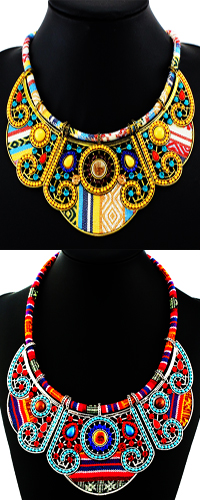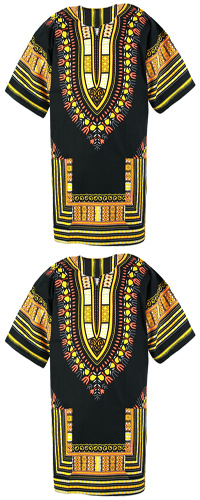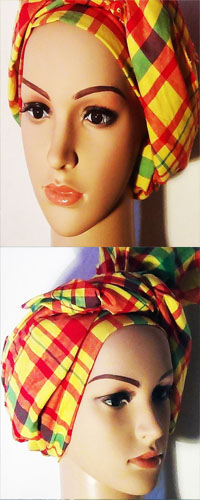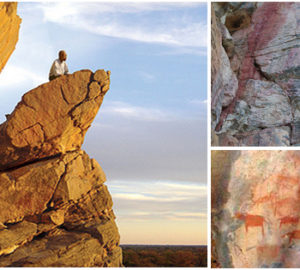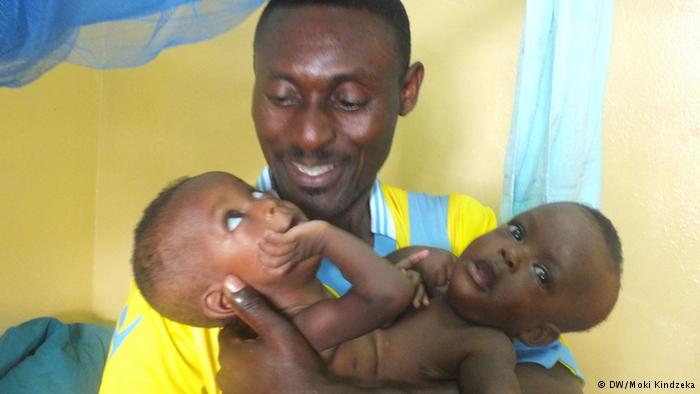
=”Whoever saves a life, saves humanity. Many parents of Siamese children fight daily to save the lives of their newborn babies by trying to have them transferred to specialized surgery units abroad. These parents need financial support, comfort and love from everyone.
Cry from the heart of the parents of Siamese babies
What are Siamese twins?
Siamese twins are conjoined twins. They are joined by a part of their bodies at birth. They represent 1 in 100,000 births and are more common in Asia and Africa.
This type of case occurs following a monochorionic and monoamniotic twin pregnancy. And, they are the biological result of the fertilization of a single egg that divides to create two identical babies.
The first case was the Siamese twins Chang and Eng Bunker, in 1811, originating from Siam..
Parents of Siamese children: a fight for a lifetime
The birth of a child is the happiest day of a parent’s life. We prepare ourselves psychologically, we get impatient, we can’t wait to hold the long-awaited future baby in our arms. But in some cases, circumstances lead us into situations for which we were not prepared. There are cases where parents give birth to Siamese twins. The daily lives of these families are turned upside down. And a race against time begins to save these children’s lives..
Parents are faced with a variety of problems:
- Health problems for children: Siamese children have very specific needs. They can infect each other in case of illness..
- Financial problems: the cost of hospitalization for Siamese children is very high. Some twins who are connected by the head or share important vital organs have very little chance of survival. For families in need, a battle begins, as they must be transported to specialized clinics to receive them. Not to mention, for parents who wish to have surgery to separate their children. A long process of anguish and fundraising is necessary to save them.
- Problems with other people’s eyes. Because, unfortunately, many people stigmatize and reject these poor children. In some countries, Siamese twins are seen as curses or beasts of burden. They are rejected and accused of being witch children. The looks and judgments of others are very hurtful when faced with this kind of situation.
Some examples of parents fighting a battle to save their children!
1. Evelyn and Julius Ndi Banla – parents of Siamese babies in Cameroon
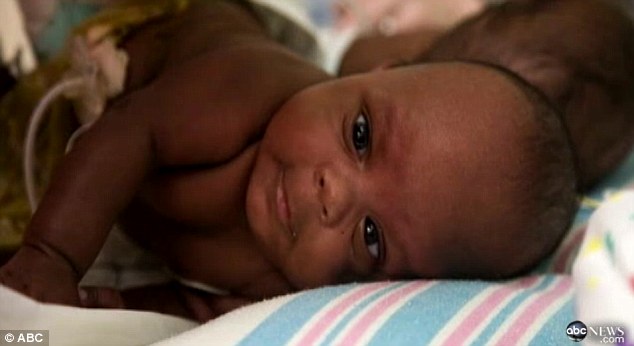
Who saves a life, saves humanity. “
Julius and Evelyn come from the village of Ndonga Mantung, in the northwest region of Cameroon. Two months before the birth of their children, Julius Banla Ndi loses his job and finds himself in a financial impasse. Evelyn, Julius’s wife, gives birth to two Siamese babies. The babies are named Davis and Darryl. But, following a caesarean section, the mother of the Siamese babies is paralyzed from the kidneys to the foot. Her condition makes it very difficult for her to care for her children properly. Fortunately, her husband and her 70-year-old maternal grandmother are there to support her.
Desperate and lost, Julius, the daddy, is looking for a way to help these Siamese newborns. He finds himself totally helpless, as he had not expected to experience such a situation. He explains to journalists at Deutsche Welle: “I feel like the world is ending for me. When I look at them, I cry and I say to myself, “My God, what is happening to me?” “.
Living in constant anxiety, Julius remains combative despite everything. He calls on an NGO, the Youth and Gender Welfare Association, to help them. The head of the association, Ruth Ali Enow, convinces and helps the parents to move to Yaoundé, because the hospital in the locality where they live is quickly overwhelmed by events. Evelyn and Julius travel together more than 500 km to reach the special unit of the hospital of the Chantal Biya Foundation in Yaoundé, the capital of Cameroon..
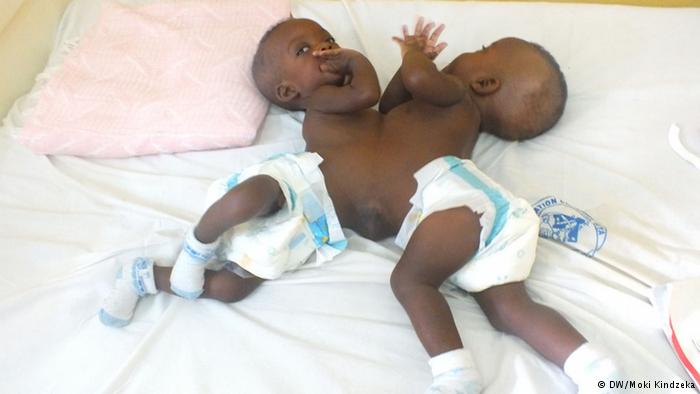
The results of the scans reveal that:
- The non-vital organs have fused together and the intestines are intertwined.
- To prevent them from getting sick, Siamese people follow a strict diet. But the situation is still very worrying because if one of them gets sick, the other one will be affected,” says Ruth Ali Enow.
- According to experts, babies have a chance to survive; they have distinct “essential” organs.
- They are joined in the abdomen and the organs in the chest cavity, usually on the left side, which are on the right side.
After some research and the help of a caring person, the parents of Siamese newborns find a specialized surgical team for their separation. But this operation is extremely expensive, as they need to raise $15,000 to transfer their Siamese newborns to the United States.
Doctor Koki Ndomba Paul, in charge of the boys, explains that Cameroon lacks the necessary infrastructure to carry out such a large-scale operation. As soon as the children arrived, the medical team took steps to understand how the twins are related to each other. Dr. Koki Ndomba Paul points out:
“Immediately after their arrival, we found that they were quite healthy, apart from a few superficial infections. We took them to the radiology department and did a full body scan of each baby’s body to assess in particular the chest and abdomen area to see exactly how attached they were to each other. »
The head of the Youth and Gender Welfare Association, Ruth Ali Enow, opened a bank account at Eco Bank in Yaoundé to collect donations to take the twins to the United States for treatment..
2. The Siamese babies Hassan and Boubacar from Guinea
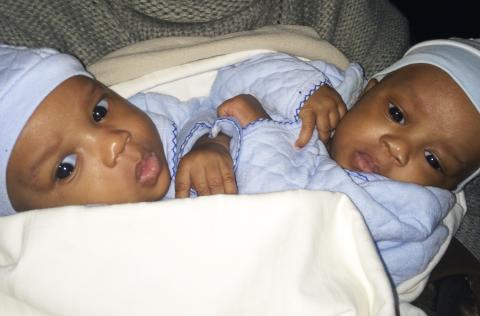
In Donka maternity hospital in Conakry, two Siamese brothers Boubacar and Hassane, 5 months old, in daylight on 12 January 2015. The two babies are connected by the liver. The Chain of Hope Association has appealed for donations to pay for the surgery at the Necker-Enfants Malades Hospital (Paris)..
Happy news: the Siamese babies from Guinea, Hassan and Boubakar were separated on 26 May 2015 at the Necker hospital in Paris. This operation was performed by Dr. Daniel Agbo-Panzo, head of the paediatric surgery department of Conakry University Hospital and the surgical team of Professor Yves Aigrain. The twin brothers were bound by the abdomen. Thanks again to all these doctors and to the association la chaîne de l’espoir for helping them. May God bless all these people and take care of these children. Whoever saves a life, saves humanity!
Solidarity is essential to help these Siamese babies. There is a beautiful phrase that says “who saves one life, saves the whole world. “We all have our problems and difficulties to solve, but there is nothing more beautiful in this world than to see thousands of people together, together to save one life.
Due to lack of solidarity, finances, or prompt care, some Siamese twins have died.
3. Siamese twins from Ivory Coast

We can cite the case of the two Siamese twins, born on 18 September 2014 at the Sainte Trinité clinic in Abidjan, Côte d’Ivoire. Despite the cry of the father to help these twins. They could not get the necessary funds and their children died..
4. Siamese twins Bi and Tengu from Cameroon
Siamese twins Bi and Tengu were born on October 10, 2011, at the Acha Tugi Presbyterian Hospital in the northwest region of Cameroon. The babies were connected by the thorax and abdomen. They were transferred to the gynaecological-obstetric and paediatric hospital in Yaoundé. After a series of examinations, the doctors discovered that they had a staphycoloque skin infection on their thighs. If not treated in time, the babies could develop septicaemia and die. “Despite their struggles to survive, the twins died at the age of nine months. In addition, Evaristus Samba and his wife Glory suffered a lot from people’s criticism..
The mother of the Siamese twins, Glory explained to the press:
“Many people say it’s a mystical thing to give birth to these children,” says Njweng. Some say my family is cursed. Some say we have been bewitched. Some say the children are witches. Some say my husband was involved in a cult.”
” People have said all kinds of things. I felt so depressed when I heard all this.»
There are plenty of other cases of Siamese twins. If there is any hope for these children to live and be healthy, we must take a chance. Each one of us, according to our deeds and our heart, we must make a gesture to save them by prayers, donations or other means. This does not guarantee that the operation will absolutely succeed. But, at least we will have, all together, tried to help them.
Message of hope for parents of Siamese babies
There are cases of Siamese babies that have been successfully separated. Afroculture.net thanks the hard work of these doctors, full of courage, who fight every day to save lives and give these Siamese babies a chance to survive..
- Dr. Benjamin Carson of John Hopkins University in the United States has dedicated his life to saving the lives of Siamese babies. He is a doctor whose story is told in the film “Gifted Hands”.
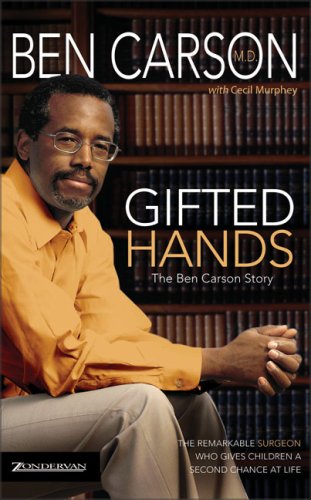
He performed various operations to separate Siamese babies:
_In 1987, Benjamin Carson and his team of 70 people managed to separate two German Siamese twins who had been joined at the bottom of the head since birth. This operation lasted 22 hours.
In 1944, he tried to save 7-month-old Siamese sisters, but they did not survive.
_On December 31, 1997, African-American Dr. Ben Carson and neurosurgeon Sam Mokgokong of Ga-Rankuwa Hospital in Pretoria, South Africa, along with a team of 50 specialists, successfully separated two five-year-old Zambian Siamese boys, Luka and Joseph, who were bound together by the head. As the operation could not be carried out in Zambia due to a lack of basic equipment, they were transferred to the United States.
Facebook : https://www.facebook.com/realbencarson
Website of his association : http://carsonscholars.org/
Official website: http://www.bencarson.com/
Dr. Benjamin Carson is currently retired and is running for the next presidential election.
- Surgeons at the Texas Children’s Fetal Center in Houston, USA, successfully separated two 10-month-old Siamese sisters after 26 hours of surgery. The operation took place on February 17, 2015 and the twins were successfully separated. The twins Knatalye Hope and Adeline Faith were born on April 11, 2014, and were bound by the chest and abdomen..
- Saudi surgeons have managed to separate two Cameroonian Siamese women, Pheinbom and Shevoboh, born in the village in northwestern Cameroon. The twins were joined at the chest, abdomen and pelvis. The very generous Saudi King agreed to pay and transport them to Saudi Arabia for surgery in 2007. After 16 hours of work, the operation went well and they have their own stomachs. However, despite all this, the twins end up with one leg each, they have to return to Saudi Arabia to be fitted with artificial limbs and to learn how to walk..
- In Riyadh, Saudi Arabia, surgeons at the King Abdulaziz Medical Centre successfully separated two Yemeni Siamese nationals. The Siamese were bound by the pelvis..
- In Paris, France, the team of Professor Yann Révillon, head of the visceral surgery department of the Necker-Enfants Malades hospital, managed to separate the two Siamese brothers, aged 8 months, Imahagaga and Imahalatsa, from Madagascar. The twins had the liver organ in common. Professor Yves Aigrain declared on France 3: “It remains an exceptional intervention, firstly because the frequency of conjoined twins is low. “Such an operation is also extraordinary “because of the means it requires upstream of the operation to make an assessment of the organs in common and the possibilities of repair,” said Yves Aigrain. “It is necessary to underline at this level the progress of imaging which has allowed us to predict the entire operating time before the operation”. Moreover, the same surgical team had already succeeded in separating two Siamese sisters from the United Kingdom in 2001..
- n Malaysia, surgeons at the Kuala Lumpur Hospital managed to separate two Siamese boys, Muaiman and Muaimin Azil, after a 24-hour operation. A team of 60 people took turns to save these children. The twins were connected by the pelvis and had three legs. They shared genitalia and bladder. Muaiman kept both legs and his brother Muaimin will receive a prosthesis. The father of the twins expresses his joy: “I am so relieved, I couldn’t sleep before the operation. Today, I am just happy that they are safe. »
- In the United Kingdom, surgeon David Dunaway of Great Ormond Street Hospital in London had successfully separated two one-year-old Siamese girls. The operation was risky, as the twins Wital and Ritag were bound together by part of their skulls. There was a 1 in 10 million chance that it would work, because twins who are attached by the head or share the same heart are very difficult cases. The parents appealed to the British association Facing the World, a specialist in helping children with facial deformities, to help them.
- In Brazil, at the Goiânia hospital, surgeon Zacharias Calil and his team separated the 14-month-old Siamese twins Israel and Levi. The Siamese twins were bound at the hips and abdomens. They had four legs and shared intestines, bladder and genitals. Surgeon Zacharias Calil explains: “It was very difficult and complicated, but we succeeded,” the doctor said. The cost of the operation was about 420,000 francs. This amount was subsidized by the government of the state of Goias, Brazil..
Siamese twins are ordinary human beings. Some people have to stop thinking of them as curses, child witches or fairground beasts. Every human being is born for a reason. Every child is a blessing and a gift from God, no matter how different they are. So let us mobilize ourselves for this family, through prayers, various donations, and by calling on specialized medical teams to help them..




